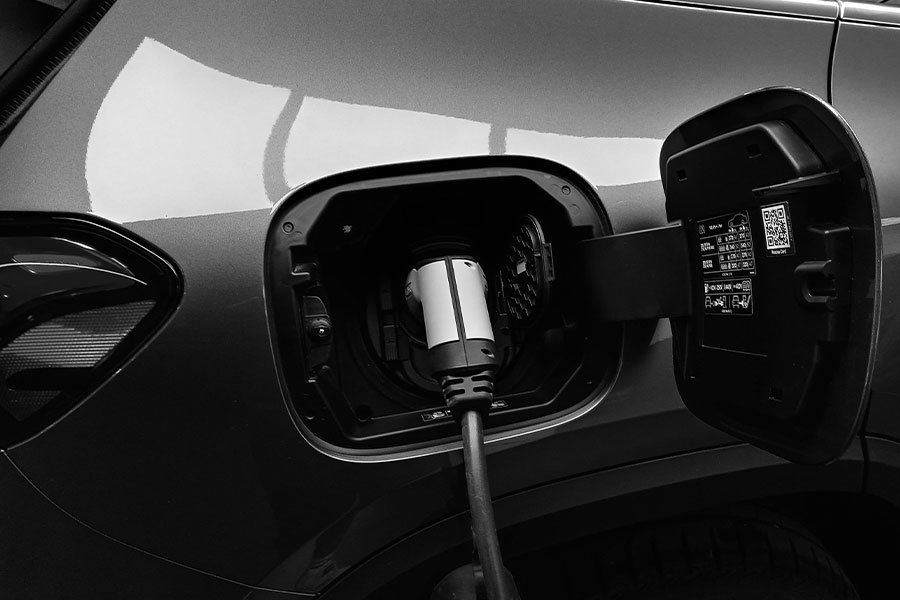Building a Charging Network: The Future of EV Infrastructure
Building a Charging Network: The Future of EV Infrastructure
As electric vehicles (EVs) continue to gain traction worldwide, the demand for a robust, accessible charging network has never been greater. The rapid expansion of EV charging stations is not only a response to increasing EV adoption but also a critical component in powering the green revolution. In this blog, we examine the rapid development of charging infrastructure, the challenges of creating a reliable network, and the technological breakthroughs that are transforming the future of sustainable transportation.
The EV Charging Revolution
The pace at which charging stations are appearing across cities, highways, and rural areas is nothing short of remarkable. Driven by both government initiatives and private investments, the current wave of infrastructure expansion is laying the foundation for a future where range anxiety becomes a relic of the past. Key developments include:
- Widespread Deployment: Charging stations are no longer confined to urban centers. Highways, shopping centers, and even residential areas are seeing the integration of fast-charging hubs.
- Public-Private Partnerships: Collaborations between government bodies and private enterprises are accelerating the build-out of infrastructure, ensuring that charging stations are strategically located and easily accessible.
- Innovative Business Models: Subscription services, pay-per-use models, and integrated mobile apps are making it easier for drivers to locate, access, and pay for charging services, driving further adoption.
Challenges in Building a Reliable EV Infrastructure
Despite the significant progress, several challenges remain as we work to create a truly reliable EV charging network:
- Grid Capacity and Stability: Integrating a large number of charging stations can put a strain on existing power grids. Upgrading electrical infrastructure to handle increased demand is a major priority.
- Interoperability and Standardization: With multiple charging networks and varying connector types, ensuring compatibility and a seamless user experience remains a technical challenge.
- Location and Accessibility: While urban areas are benefiting from rapid deployment, rural and remote regions still lag behind. Achieving nationwide coverage is essential for widespread EV adoption.
- Cost and Investment: Building and maintaining charging stations, especially those offering fast-charging capabilities, require significant investment. Balancing costs while ensuring reliability is a key concern.
- User Experience: From payment systems to real-time availability data, creating a hassle-free experience for EV drivers is crucial to the success of the charging network.
Technological Breakthroughs Driving the Charging Network
Innovations in technology are addressing many of the challenges faced by the EV charging ecosystem:
- Ultra-Fast Charging: Advances in battery and charging technologies have led to the development of ultra-fast chargers that can replenish an EV's battery in minutes, reducing downtime for drivers.
- Wireless Charging: Emerging wireless charging systems offer the promise of hassle-free charging without the need to plug in, making the charging process more seamless and integrated into daily routines.
- Renewable Energy Integration: Solar-powered charging stations and energy storage solutions are being incorporated to reduce reliance on fossil fuels and lower the overall carbon footprint of charging networks.
- Smart Grid Technology: The integration of smart grid solutions allows for better management of energy distribution, ensuring that charging stations can adapt to fluctuating demand and grid conditions. Technologies like vehicle-to-grid (V2G) are turning EVs into mobile energy assets, capable of feeding power back into the grid during peak demand.
The Future: A Connected and Sustainable Ecosystem
Looking ahead, the evolution of EV charging infrastructure is set to redefine not just how we power our vehicles but also how we interact with energy systems as a whole. Future trends include:
- Integrated Networks: The charging network of tomorrow will be a fully integrated, smart ecosystem where data analytics and IoT devices optimize energy distribution and station maintenance.
- Sustainable Urban Planning: Cities will incorporate charging infrastructure into new developments and retrofitting projects, ensuring that sustainable transportation is a core element of urban design.
- Enhanced User Experience: With continuous improvements in app interfaces, payment systems, and real-time data sharing, finding and using a charging station will become as intuitive as finding a coffee shop.
- Global Expansion: As technology matures and economies of scale are realized, charging networks will expand globally, providing reliable infrastructure even in the most remote corners of the world.
Conclusion
Building a comprehensive charging network is a cornerstone of the transition to electric mobility and a sustainable future. While challenges such as grid capacity, standardization, and cost remain, technological breakthroughs and strategic investments are paving the way for a more connected, efficient, and environmentally friendly infrastructure. The ongoing expansion of charging stations not only alleviates range anxiety for EV drivers but also reinforces the commitment to a green revolution powered by innovative technology and forward-thinking policies.
The future of EV infrastructure is bright, promising a world where sustainable transportation is accessible, reliable, and seamlessly integrated into our daily lives. As we continue to build and refine these networks, every charging station installed brings us one step closer to a cleaner, smarter, and more sustainable future.

